1. No Frames/Iframes
Search engines have a tough time understanding frames and cannot correctly index iframe content. Note: the search engine will credit the iframe URL rather than the URL where the content is displayed. Content management systems must not use frames or depend on iframes or frames for displaying content.
2. Support for the rel=canonical tag
A CMS-driven website will usually display permitted content with multiple URLs; however, given that search engines will address every individual URL as a separate page, a plan must be available to manage the SEO, including the Rel=Canonical links and 301 redirects.
For example, search engines do not accept duplicated content, resulting in a website ranking low. At times, it’s hard to avoid duplicate content, particularly on e-commerce sites where the identical product appears on separate web pages with different colours or sizes.
In such instances, you need to use a canonical tag that shows which page is considered the original. Also, you can use a 301 redirect to ensure that SEO juice is directed to one site address and not split up into several web pages. Ensure that your content management system can add this tag and customize it per web page level.
3. ALT-attribute, Title-tag, and Meta-description
A title tag illustrates what your domain is all about. A tag is one short sentence where you outline your online space. It will display in some places, like browsers, social media, SERPs, and external pages.
SEO experts recommend that ALT-attributes and meta-descriptions must be short, original and captivating enough to draw the attention of those who are your targeted audience. Yes, it implies that you must speak their language and present your site in a manner that might be appealing to them.
4. All images should have ALT Attributes
Search Engines, like Google, do not read images; instead, they read the ALT text. It would be best to use an ALT attribute to help search engine crawlers better understand what an image means and what it represents. Of course, it is best to use the keyword phrases you are targeting to describe the images on the web page itself.
Also, you need to position keywords in the text that surrounds the images and bold them. By doing this, search engine crawlers will know that this post section is especially essential for readers.
Whatever CMS you use, every time you upload an image, you will have an opportunity to use the correct keywords to optimize it.
5. Keywords
Search engine optimization focuses on keywords. The solution to a great SEO strategy would be to determine what words users type into a search bar whenever they are searching for sites like yours. Your job is almost complete when you complete your keyword list.
The most popular way to conduct keyword research is using Google Keyword Planner or an SEO tool like AHRefs. Google Keyword Planner is a free tool accessible to anybody with a Google AdWords account, which is also free of charge. As soon as you set up your account and provide more information about your site, you will receive a list of keyword suggestions. While AHRefs, is a paid tool, there is a 30-day trial that allows you to test out their excellent service for your business.
Your work is to choose popular keyword phrases among users relevant to your business, meaning the keywords have a relatively high monthly search and match the right search intent. Finally, they must have medium or low competition, which means very few sites attempt to optimize for those keywords.
If you need assistance upping your business’ SEO, contact Kipling Media for a consultation.






Comments
admin
14/08/2018Thank you alishohab. We're glad you liked it. :)
alishohab
14/08/2018nice post
Joel
11/08/2017Thank you, Tvisha. Google loves wordpress because it is such a flexible platform.
Tvisha
10/08/2017wordpress provides many plugins for seo like yoast seo......and many more